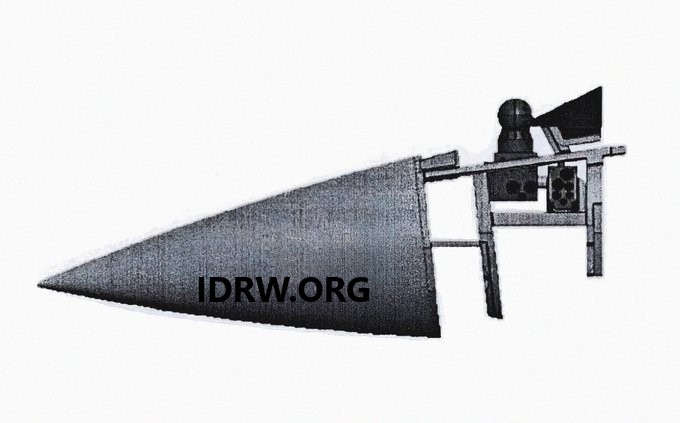SOURCE: RAUNAK KUNDE / NEWS BEAT / IDRW.ORG

The upcoming Tejas MkII fighter jet program is inching closer to a key milestone with the planned initiation of flight trials for its Infrared Search and Track (IRST) system. Tender documents reveal that Hindustan Aeronautics Limited (HAL) is gearing up for these crucial tests. The IRST system, indigenously developed by the Defence Research and Development Organisation (DRDO), will significantly enhance the Tejas MkII’s combat capabilities.
The documents hint at a two-phase flight test program. The initial phase will see the IRST system integrated into a Hawker 800 aircraft. This mid-size twinjet has previously served as a test platform for the Uttam AESA radar, another critical Tejas MkII technology. The Hawker 800’s role in the IRST trials allows for a controlled environment to assess the system’s performance before integrating it into the Tejas MkII prototype.
The IRST system promises a range of benefits for the Tejas MkII:
- Passive Operation: Unlike traditional radar, the IRST operates passively, meaning it doesn’t emit any signals that could be detected by enemy forces. This enhances the Tejas MkII’s stealth capabilities.
- Long-Range Detection: The IRST can detect heat signatures emitted by aircraft at significant distances, allowing pilots to identify and engage threats sooner.
- Wide Scan Volume: The IRST offers a broad field of view, enabling pilots to scan a larger area of the airspace and improve situational awareness.
- Selectable Field of View: Pilots can adjust the IRST’s field of view to focus on specific areas of interest, optimizing target acquisition.
- Long-Range Target Search: The IRST facilitates long-range target search, allowing for proactive defence against approaching threats.
- Navigation: The IRST system can contribute to aircraft navigation by providing heat signature data from ground features.
- Detection and Tracking of Multiple Targets: The IRST can simultaneously detect and track numerous airborne threats, enhancing the pilot’s ability to manage complex combat situations.
- Passive Ranging: The IRST provides a passive method for estimating the range of detected targets.
NOTE : Article cannot be reproduced without written permission of idrw.org in any form even for YouTube Videos to avoid Copy right strikes. Websites doing illegal reproductions will get DMCA and Legal Notices.